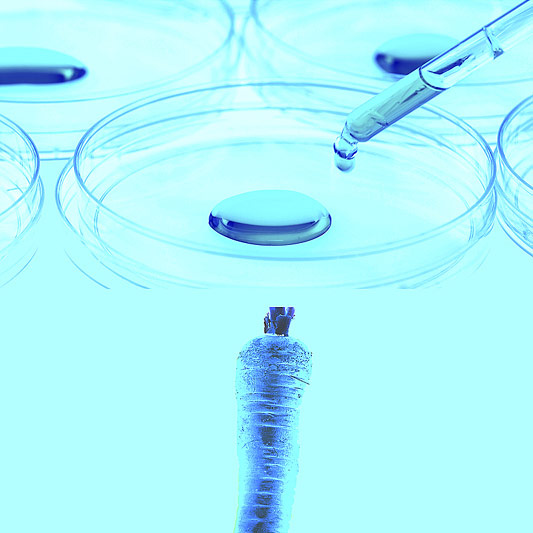
FRIDAY, May 21 (HealthDay News) — Scientists have succeeded in using gene therapy to restore some muscle function in patients with a certain type of muscular dystrophy.
This is the first time such a feat has been performed in humans, state the authors, who are presenting their findings at the annual meeting of the American Society of Gene & Cell Therapy in Washington, D.C.
“This study provides additional information regarding the feasibility of gene therapy for the treatment of muscular dystrophy,” said Dr. Valerie Cwik, executive vice president and research and medical director of the Muscular Dystrophy Association, which helped fund the research. “Specifically, it provides proof of principle, in people, for sustained gene expression [for at least six months] following treatment.”
“This study has shown that a normal gene packed into a virus and injected directly into a muscle can actually produce the protein that is either defective or missing in this particular form of muscular dystrophy,” added Dr. Rabi Tawil, a professor of neurology at the University of Rochester Medical Center. “Similar studies have been done in animal models, and this is the first to show a similar result in humans.”
If replicated, the findings could provide hope for people with this and other forms of muscular dystrophy.
“Reversing or significantly blunting the severity of this weakness and wasting will give these patients major improvement in their quality of life, enhance their independence, and increase the likelihood that they can obtain employment,” said Dr. Richard Moxley, director of the Neuromuscular Disease Center, also at the University of Rochester Medical Center.
The patients in this study had limb-girdle muscular dystrophy (LGMD), which is characterized by muscle weakness around the hips and shoulders. The condition results from an inherited deficiency of alpha-sarcoglycan, a muscle protein.
“There is no effective therapy to prevent the progressive weakness and loss of muscle that occurs in LGMD type 2D,” Moxley explained. “The disease typically begins between 2 and 15 years of age, and many patients become wheelchair-bound by their teens. They have marked weakness of their shoulder and thigh muscles, and have difficulty performing many of the activities of daily life.”
“Treatments are needed urgently,” stated Cwik.
A previous study of the same gene transfer procedure had been successful in three patients with levels of the protein staying elevated for at least three months after treatment.
Here, a prominent group of muscular dystrophy researchers from the Center for Gene Therapy at the Research Institute at Nationwide Children’s Hospital in Columbus, Ohio, injected three LGMD patients with a healthy gene, which succeeded in increasing both gene expression and muscle fiber levels. The effect persisted for six months, the longest yet.
Next, the researchers hope to inject the gene directly into a leg artery to see if those muscles will take up and use the protein.
But several obstacles remain.
“For gene therapy to be clinically beneficial — meaning an improvement in strength — multiple muscle groups will need to be treated simultaneously,” Cwik said. “To do this will require regional [to an entire limb] or systemic delivery [to the entire body, such as intravenously].”
“This technique delivers the gene directly into the muscle through a needle. It is not practical to do this on large muscles, let alone several muscles, as it would require hundreds of injections,” Tawil added. “To make this treatment viable, a system has to be devised where the virus-plus-normal gene can be injected into the circulation and have it deposited into all the muscles. The other obstacle is making sure that injecting the virus containing the normal gene does not induce the immune system to attack the virus.”
Also, Cwik said, “we do not know if sustained gene expression will continue for much longer periods of time.”
More information
The Muscular Dystrophy Association has more on this condition.

